Hi everyone,
I have a Sherline CNC Mill that I have converted to a larger, more rigid setup from A2Z tools. I have had tremendous trouble tramming the mill. I finally discovered that the mill bed itself is warped.
Unfortunately, the bed is warped by a significant amount-- about 16 thousands in the across the short side (Y-axis or depth). I have contacted A2Z, which had a good reputation but was bought this summer and now has closed, or else is in the process of going out of business.
I checked it many different ways- surface plate, Traminator etc. I know the bed is bad.
In any case, the Z column is fine and the Y axis base is as well. All is made from anodized aluminum. What I am wondering is:
1. Can I add another piece of aluminum to the bed and flycut it to true it up? This might work to make at least a temporary level bed.
2. I am in the process of taking measurements off the current bed to have a new one machined. My question is, what steel is a typical machine bed made of?
Thanks in advance. I've learned so much from all of you here.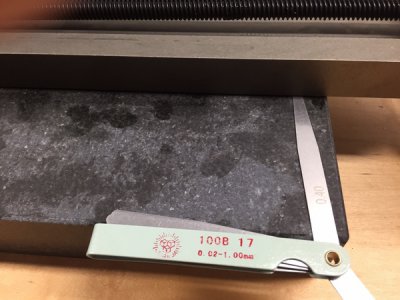
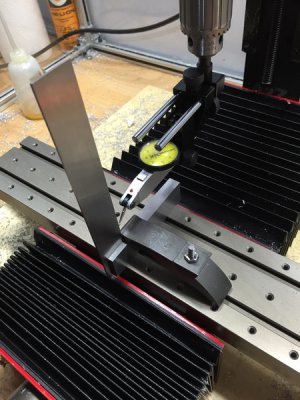
Sent from my iPhone using Tapatalk
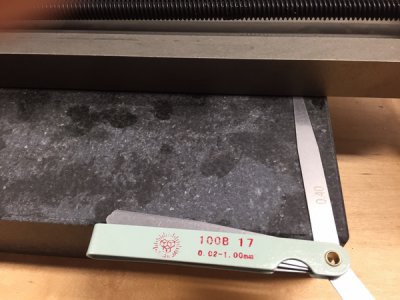
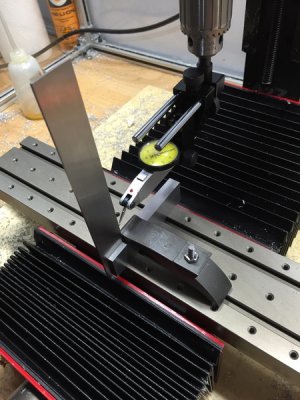
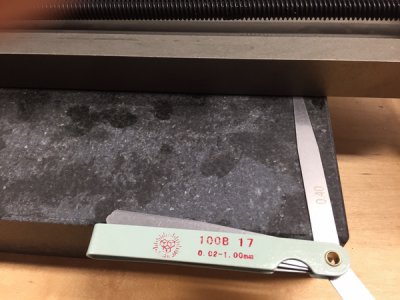
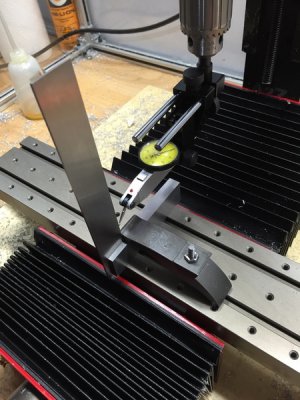
I have a Sherline CNC Mill that I have converted to a larger, more rigid setup from A2Z tools. I have had tremendous trouble tramming the mill. I finally discovered that the mill bed itself is warped.
Unfortunately, the bed is warped by a significant amount-- about 16 thousands in the across the short side (Y-axis or depth). I have contacted A2Z, which had a good reputation but was bought this summer and now has closed, or else is in the process of going out of business.
I checked it many different ways- surface plate, Traminator etc. I know the bed is bad.
In any case, the Z column is fine and the Y axis base is as well. All is made from anodized aluminum. What I am wondering is:
1. Can I add another piece of aluminum to the bed and flycut it to true it up? This might work to make at least a temporary level bed.
2. I am in the process of taking measurements off the current bed to have a new one machined. My question is, what steel is a typical machine bed made of?
Thanks in advance. I've learned so much from all of you here.


Sent from my iPhone using Tapatalk





